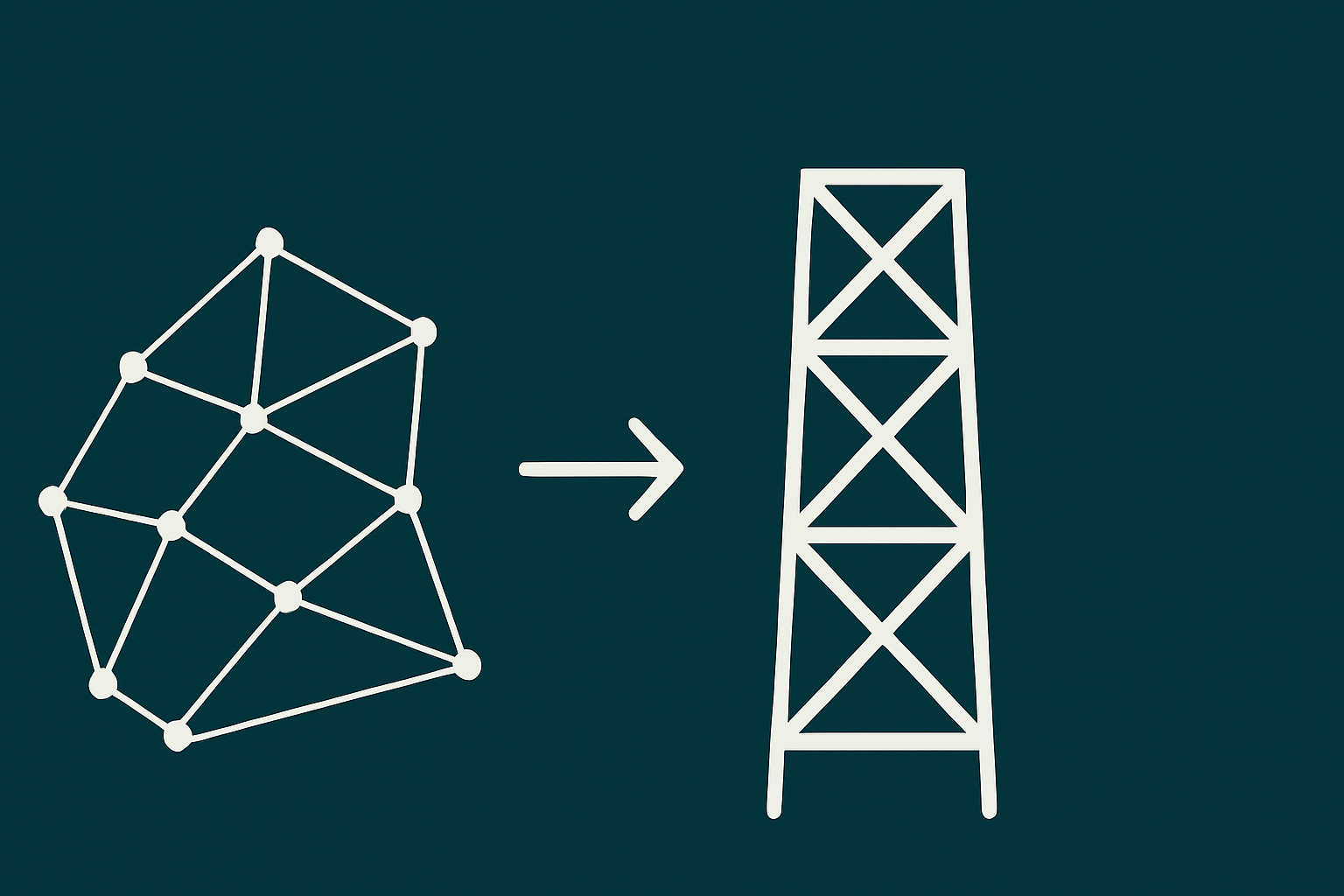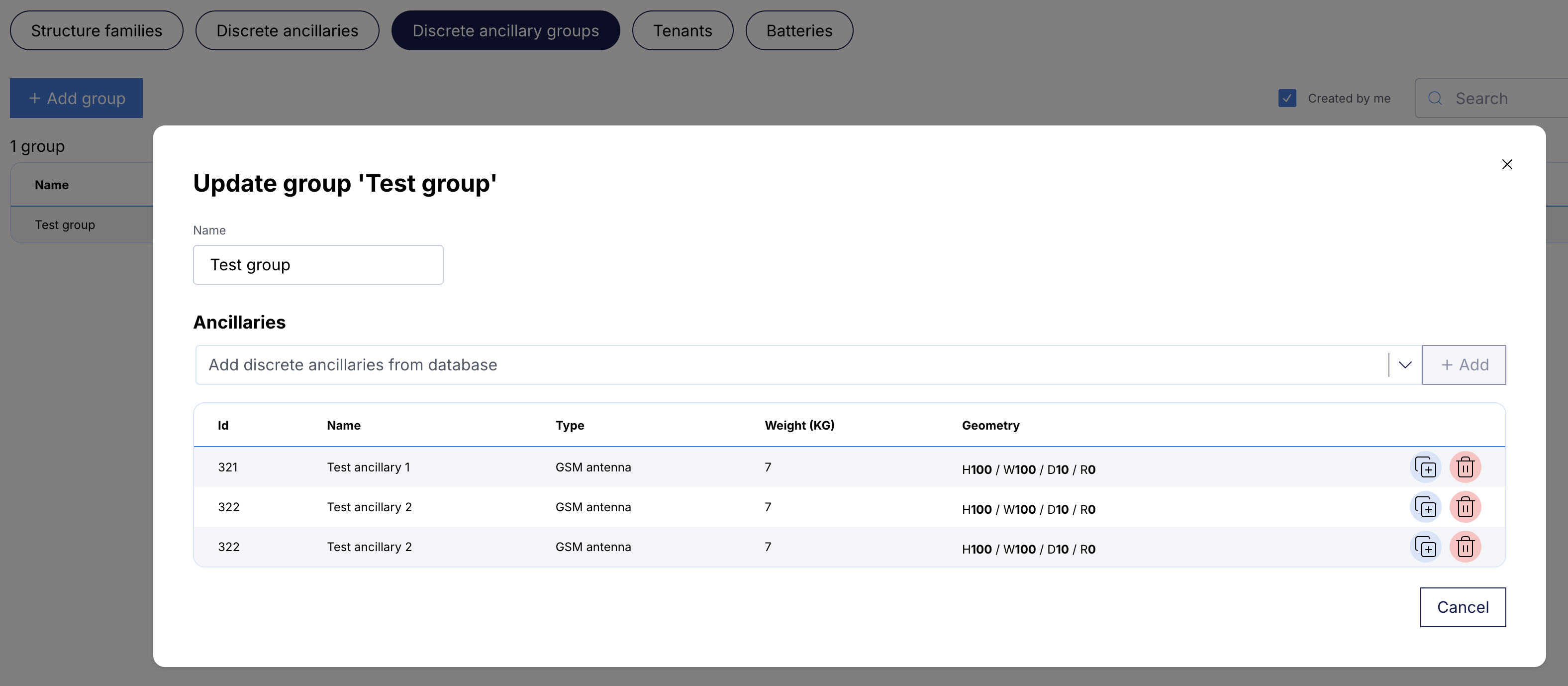Last year, in August, I joined Shapemaker as a software developer. Before joining Shapemaker, I tried to learn about the company, its culture, and it's employees, but I couldn’t find much information. Therefore, after having been here for half a year, I figured it was time to write a blog post to give a bit of insight into what it’s like being a fresh member of Shapemaker.
My first week: getting started
On day one, before having turned on my computer and said hello to everyone at the office, my calendar was already full of invites to coffee chats. Having read most of what I could find about Shapemaker on the internet, I had already formed an idea of what the other employees would be like, and I quickly realized that I should have left my prejudices at home.
My prejudice that 10-20 years of engineering work in the telecom industry would lead to a certain type couldn’t be more wrong. I was taken away by how nice and welcoming everyone was, and by how quickly I felt like part of the group. Another thing that struck me was how talented the civil engineers were in explaining advanced concepts in simple terms, like the fundamentals of structural analysis, and how we determine if a telecom structure is built according to the rules.
Already, during the first week, I realized that I was in the right place. We had just released a new feature that made grouping of antennas possible. Unfortunately, the updates to the UI/UX were a bit confusing, which led to some users not being able to do what they wanted to do. This led our customers to send several emails asking us to revert the changes, and it all felt quite dramatic. So why did this situation make me so happy? 1) It showed how Shapemaker handles mistakes (no one to blame - but lots to learn), 2) the response of the team showed how much Shapemaker cares about our customers, and 3) the “concerned” emails made it clear how much our customers love Shapemaker and the product we’re creating.
Short time to production
Shapemaker has no time to lose, which became evident by how fast I teamed up with software developer Sindre to implement our structural index (read about that here!). Further, our CTO, Jonas, set the expectations clear; “merge a pull request to production within a week” - meaning, contribute as fast as you can. At Shapemaker, thanks to our CI/CD, new features and bug fixes are deployed to production multiple times a day (except on Fridays ⚠️!).
Learning
Having no prior experience in the telecom industry, there was a lot to learn. Luckily, everyone in Shapemaker loves to teach and help others, and none of my questions were laughed at. Being interested in the engineering, the product, the market, and the customers, I had a Q&A session with almost everyone on the team. Looking back, I can tell you that the Dunning-Kruger effect is real. (And I’ll look back at my current knowledge and think the same in a year or two).
Shapemaker is fully aware that we all need to constantly learn and develop, and therefore, we have several initiatives to keep the team up to date. 1) Every month, during our company days, we have sessions on both software and engineering topics. For example, Nils, an experienced structural engineer, had a great session on load cases, which you can read about here. 2) Hackathons. It’s a great experience trying to create the most in the shortest amount of time, typically in a team. We had a hackathon on authentication methods and quickly used our learnings to improve our production system security. 3) Access to learning resources. Books, courses, and whatever you think is reasonable and valuable for Shapemaker are available.

How we work
During the first month, my day-to-day work was focused on refactoring parts of the code base to enable us to use a new finite element solver. As we’re introducing support for new structures and national annexes, the need to perform non-linear finite element analysis (FEA) arises. I worked closely with Nils, which was an absolute pleasure! At Shapemaker, a lot of tasks involve both software engineers and civil engineers, a perfect example of “interdisciplinary teamwork”!
At the beginning of October, during the, already mentioned, monthly company days in Oslo, the team discussed what the goal for the next three months should be. After a suggestion from our CEO, Balazs, the team agreed to set the target of introducing two new types of structures, monopoles and guyed masts. I remember looking at the team and feeling the excitement of trying to overcome this challenge together, but also sensing a slight nervousness as we did not know whether we would be able to do it.
In the coming months, almost all team resources were allocated to reaching our new goal. At a high level, we needed to change the modeling, introduce a new FEA solver, add new engineering checks, update the report generator, change the UI, and lots more. Tasks were created and populated by those who knew what changes needed to be done and prioritized based on how much it was blocking other work. Following agile principles, the prioritized tasks are then found in a “ready for work column” in the Kanban board, and civil engineers and software engineers pick tasks as they go.
Last words
I hope this blog post gave you a bit of insight into working at shapemaker. If you’re interested in learning more, please reach out to me (js@shapemaker.io) or anyone else on the team!






